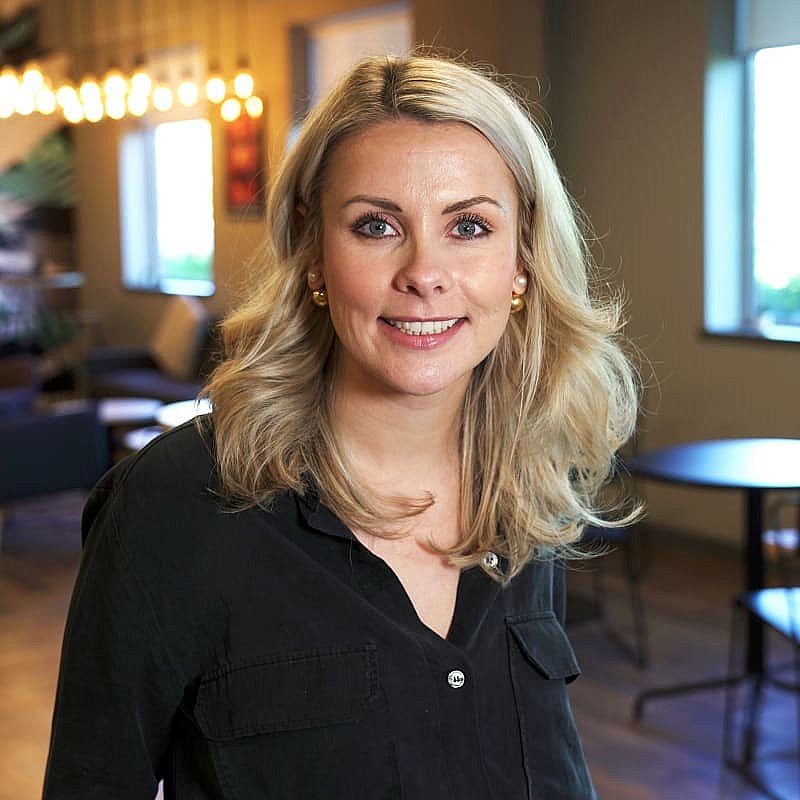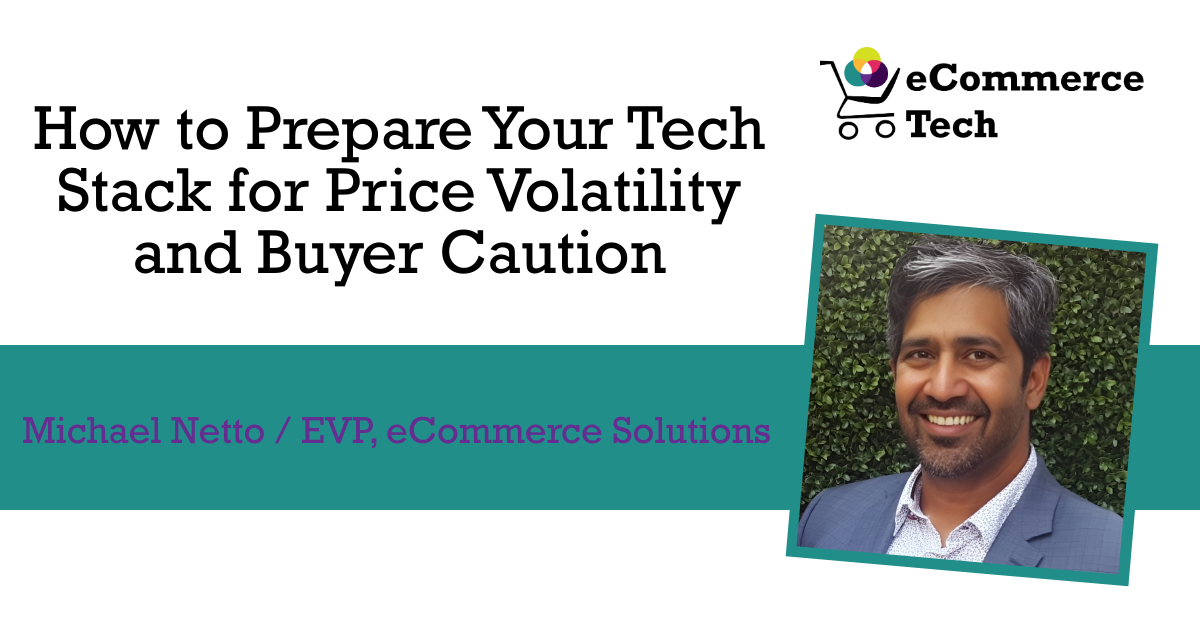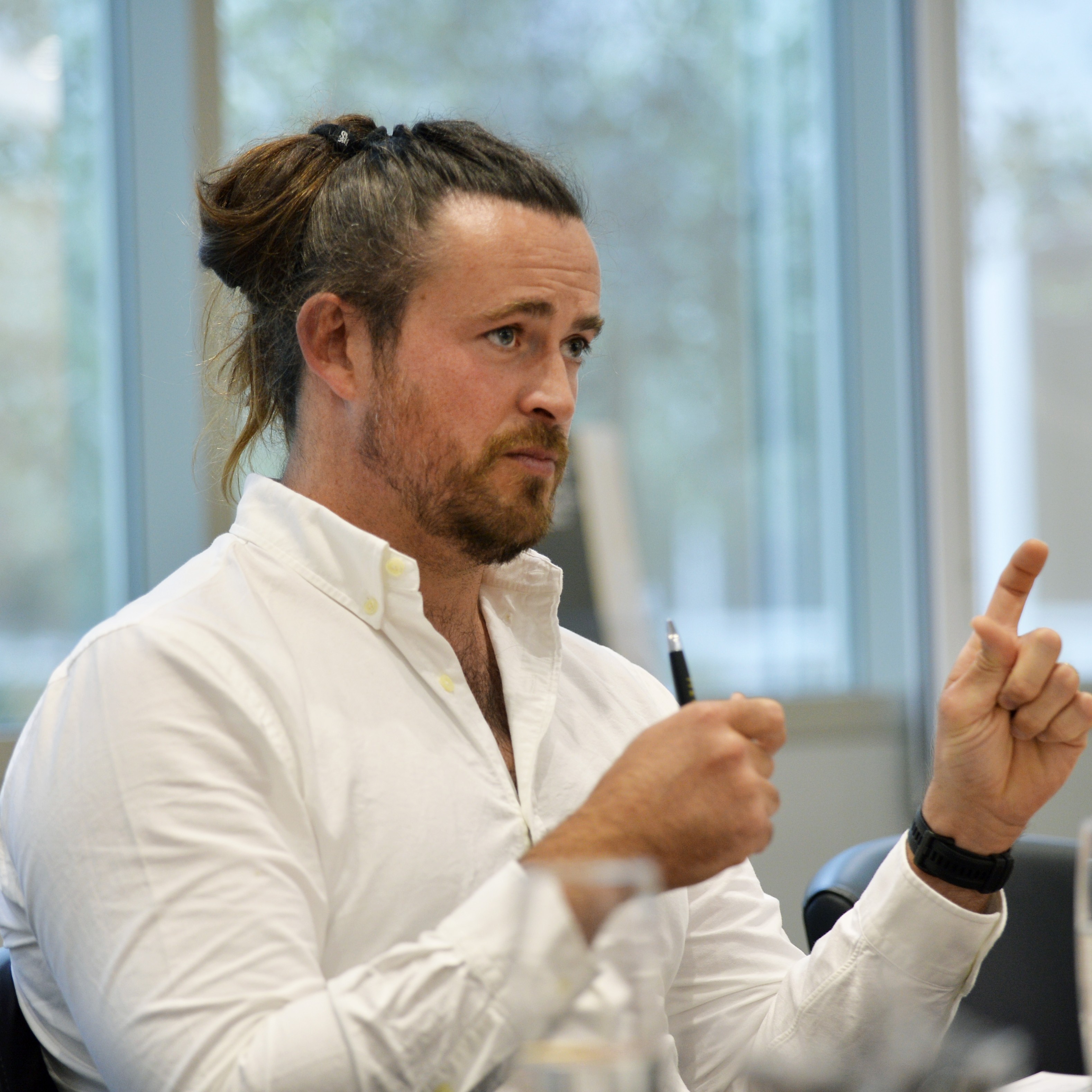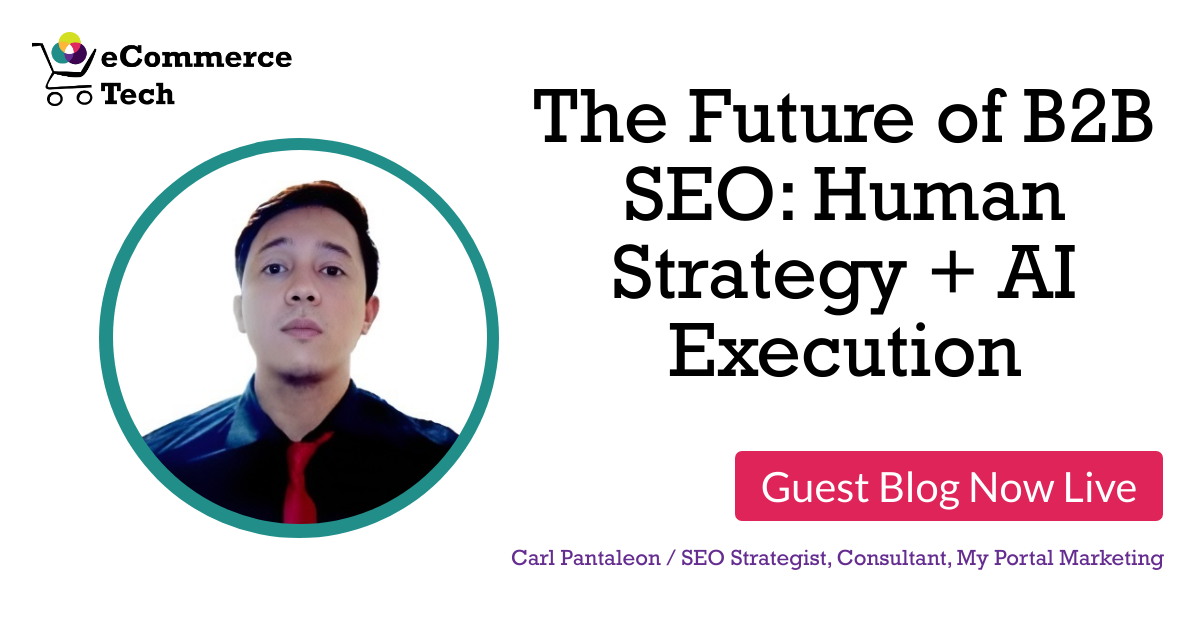What happens when teenagers on TikTok become your product development team? If you work in beauty right now, that’s not a hypothetical. It’s the daily reality shaping what gets made, what sells out, and what never makes it past the first swatch.
Beauty used to be top-down. Brands created, advertised, and sold. Consumers consumed. Now that hierarchy has collapsed. A single short-form video from a 19-year-old with good lighting can resurrect a discontinued lipstick, rewrite the rules of formulation, or tank a million-pound campaign. The power dynamic has shifted, and so has the pace.
TikTok isn’t just influencing what we buy. It’s driving how brands design, package, price, and release products. The result is a beauty economy that’s fast, unpredictable, creative, and sometimes chaotic.
Ingredient obsession goes mainstream
Today’s beauty shopper knows their niacinamide from their hyaluronic acid. Scroll through TikTok’s #skintok community and you’ll find videos dissecting pH levels, layering routines, and molecule sizes. The days of vague promises and celebrity endorsements are being replaced by users who want clear ingredients and clear skin.
The numbers back it up. #Niacinamide has over 1.6 billion views on TikTok. #HyaluronicAcid is well past 1.3 billion. These aren’t just hashtags. They’re signposts of a shift in consumer behavior, where young people are developing a vocabulary once reserved for dermatologists and cosmetic chemists.
Beauty brands are having to adapt. They’re being more transparent about ingredients. Packaging is getting cleaner. Marketing copy is being rewritten to focus on function, not fluff. Some companies have scrapped launches after receiving a lukewarm response on TikTok. Others have reformulated to match what’s trending online.
The hype cycle has gone into overdrive
In the old world, beauty campaigns built slowly. There were teaser posts, PR mailers, and long lead magazine features. Now a product can go from obscurity to cult favourite in hours, purely on the strength of user content.
Charlotte Tilbury’s Pinkgasm wand went viral and promptly sold out worldwide, with a waitlist stretching into the tens of thousands. Dior’s Rosy Glow blush, launched in 2015, gained significant popularity after a few TikTok creators reintroduced it to Gen Z. Sales surged by 240 percent in the first quarter of 2024.
There’s a clear pattern here. Virality is shortening the lifespan of traditional product cycles. Beauty brands are no longer in control of the narrative. The platform is. And if they’re not quick to respond, they risk missing the moment entirely.
Dupes and democratisation
Expensive no longer automatically means desirable. Today’s shoppers, especially Gen Z, are obsessed with dupes. These lower-priced alternatives to cult favourites are a badge of honour, not a compromise.
The hashtag #dupe has over 6.4 billion views. TikTok is awash with side-by-side comparisons and ‘save or splurge’ breakdowns. When a creator pointed out that ELF’s Halo Glow (£14) performed similarly to Charlotte Tilbury’s Hollywood Flawless Filter (£36), ELF couldn’t restock fast enough.
This culture of comparison is forcing luxury brands to rethink their positioning. Some are releasing mini versions to feel more accessible. Others are leaning harder into packaging and performance to justify their price points. Either way, the idea that prestige equals power is being pulled apart.
TikTok as a product lab
Traditionally, research and development in the beauty industry have involved lab testing, trend forecasting, and market research. It took months. Sometimes years. TikTok has turned that on its head.
Platforms like Visualsoft, which work with ecommerce brands daily, say clients are starting to treat TikTok like a live focus group. Brands watch for ‘trend velocity’ – how quickly something takes off – and adjust their product plans accordingly.
BYOMA, a skincare brand known for its barrier-supporting products, has credited TikTok feedback with inspiring its decision to create fragrance-free options. Other brands have dropped pre-launch ideas entirely if social chatter suggests the appetite isn’t there.
It’s reactive. It’s data-led. And it’s deeply human. The distance between brand and buyer has shrunk. But with that comes pressure. Not every viral trend aligns with safety, science, or sustainability.
Packaging for the algorithm
It’s not just what’s inside the bottle. How it looks, sounds, and opens matters just as much. Packaging today has to perform well on camera.
Stick formats are booming because they swipe easily on skin and look great in videos. Glossy finishes catch the light. Bright pastels stand out on-screen. Some brands have added satisfying clicks or textured grips purely because users say they “sound good” in GRWM clips.
Boots has even introduced ‘As Seen on TikTok’ shelf tags, helping in-store shoppers identify trending products they might have spotted online. The line between digital and physical is blurring fast.
The tension at the heart of all this
Of course, not everything about this shift is positive. Speed creates pressure. Not every creator sharing skincare advice is qualified to do so. There’s a lot of noise, and not always a lot of nuance. For brands, the risk is chasing virality at the expense of product safety or long-term credibility.
But ignoring it isn’t an option. TikTok has changed the playbook. Consumers don’t just want beauty. They want beauty that reflects their knowledge, curiosity, and communities. They want to see themselves not just in the ads, but in the product pipeline.
What now?
This is a moment of reckoning. The old beauty machine was built for broadcast. The new one is built for interaction. Brands that treat TikTok as a serious part of their innovation strategy – not just a place to post funny videos – will be the ones that thrive.
Because the next best-selling product might not come from a boardroom. It might come from a teenager in their bedroom, filming a video after school.
And that’s not a threat. It’s a huge opportunity – if the industry is ready to listen.








